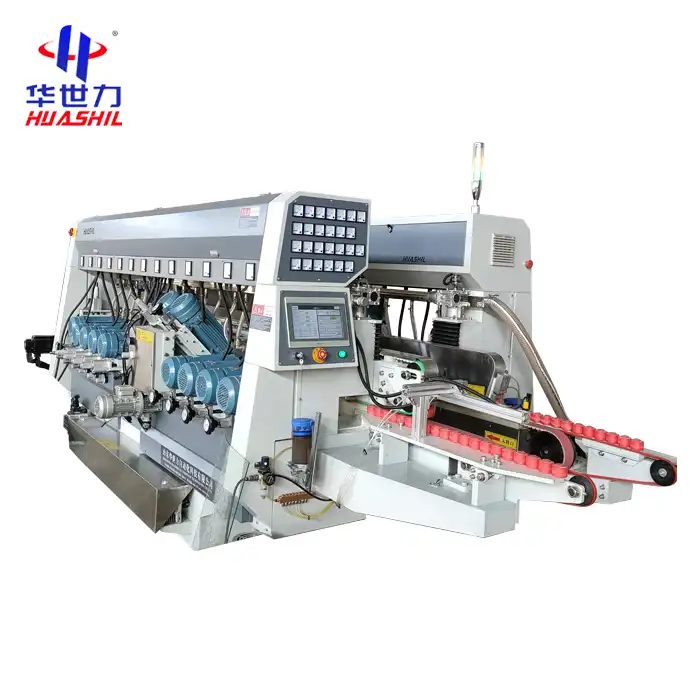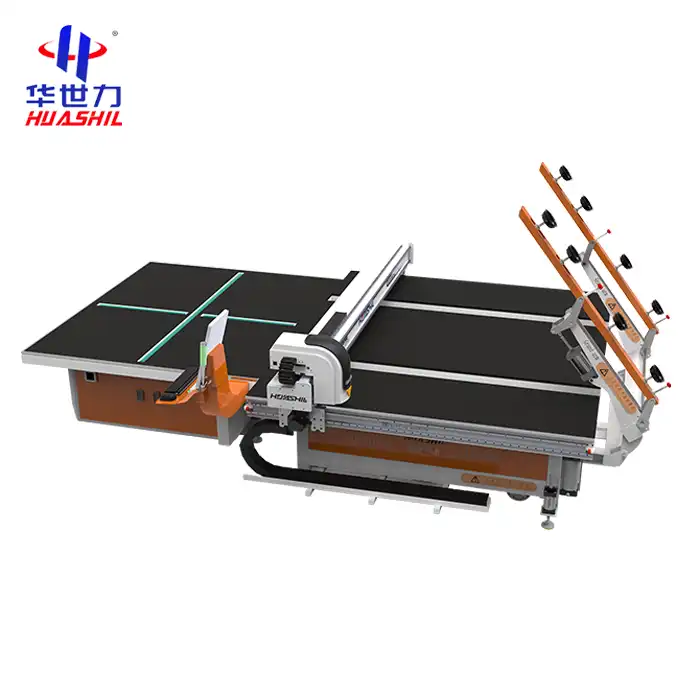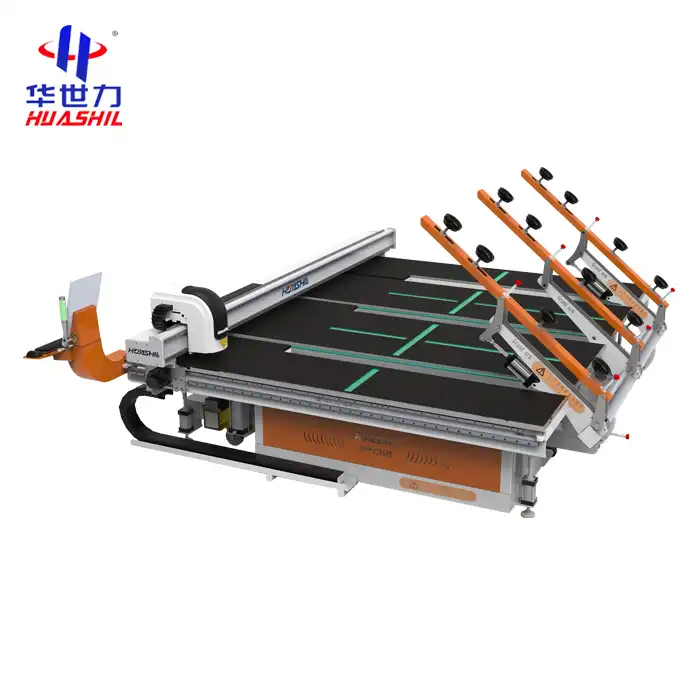- English
- French
- German
- Portuguese
- Spanish
- Russian
- Japanese
- Korean
- Arabic
- Greek
- German
- Turkish
- Italian
- Danish
- Romanian
- Indonesian
- Czech
- Afrikaans
- Swedish
- Polish
- Basque
- Catalan
- Esperanto
- Hindi
- Lao
- Albanian
- Amharic
- Armenian
- Azerbaijani
- Belarusian
- Bengali
- Bosnian
- Bulgarian
- Cebuano
- Chichewa
- Corsican
- Croatian
- Dutch
- Estonian
- Filipino
- Finnish
- Frisian
- Galician
- Georgian
- Gujarati
- Haitian
- Hausa
- Hawaiian
- Hebrew
- Hmong
- Hungarian
- Icelandic
- Igbo
- Javanese
- Kannada
- Kazakh
- Khmer
- Kurdish
- Kyrgyz
- Latin
- Latvian
- Lithuanian
- Luxembou..
- Macedonian
- Malagasy
- Malay
- Malayalam
- Maltese
- Maori
- Marathi
- Mongolian
- Burmese
- Nepali
- Norwegian
- Pashto
- Persian
- Punjabi
- Serbian
- Sesotho
- Sinhala
- Slovak
- Slovenian
- Somali
- Samoan
- Scots Gaelic
- Shona
- Sindhi
- Sundanese
- Swahili
- Tajik
- Tamil
- Telugu
- Thai
- Ukrainian
- Urdu
- Uzbek
- Vietnamese
- Welsh
- Xhosa
- Yiddish
- Yoruba
- Zulu
What are the Key Features to Look for in a Fast Speed Glass Cutting Machine?
In the rapidly evolving world of manufacturing and precision engineering, glass cutting technology has become increasingly critical across multiple industries. Fast speed glass cutting machines represent a pinnacle of technological innovation, offering unprecedented efficiency, precision, and productivity for businesses dealing with glass materials. These sophisticated machines have transformed traditional glass processing, enabling manufacturers, architects, and designers to achieve intricate cuts and complex designs with remarkable speed and accuracy. Understanding the key features of these advanced machines is essential for professionals seeking to optimize their glass cutting operations and stay competitive in a demanding market.
How Do Advanced Cutting Technologies Enhance Glass Processing Efficiency?
Modern glass cutting technology has revolutionized industrial manufacturing by introducing cutting-edge solutions that dramatically improve processing speed and precision. The evolution of fast speed glass cutting machines represents a significant leap forward in mechanical engineering and materials science.
Traditional glass cutting methods often involved manual labor, slow processing times, and high risk of material waste. In contrast, contemporary fast speed glass cutting machines leverage advanced technologies to overcome these limitations. Computer Numerical Control (CNC) systems play a pivotal role in this transformation, enabling unprecedented levels of accuracy and repeatability. These systems utilize sophisticated software algorithms that can translate complex design specifications into precise cutting instructions within milliseconds.
The core of efficient glass cutting lies in understanding the intricate relationship between cutting speed, material properties, and technological capabilities. High-performance machines now integrate multiple technological innovations to optimize the cutting process. Laser-guided cutting systems, for instance, allow for microscopic precision, enabling cuts that were previously impossible with traditional methods. The integration of advanced sensor technologies further enhances machine performance by providing real-time feedback on cutting conditions, material stress, and potential irregularities.
Manufacturers are increasingly focusing on developing multi-axis cutting machines that can handle complex geometrical designs with minimal setup time. These machines can rotate, tilt, and manipulate glass sheets with extraordinary flexibility, reducing production bottlenecks and increasing overall throughput. The ability to quickly adapt to different glass thicknesses, types, and cutting requirements has become a critical competitive advantage in the modern manufacturing landscape.
Energy efficiency and operational sustainability have also emerged as crucial considerations in advanced glass cutting technologies. Modern machines incorporate intelligent power management systems that optimize energy consumption without compromising cutting performance. Regenerative braking systems, precision servo motors, and advanced cooling mechanisms contribute to reducing operational costs and environmental impact.

What Technological Innovations Define Modern Glass Cutting Machines?
The technological landscape of glass cutting machines has undergone remarkable transformations, driven by continuous research and development in mechanical engineering, materials science, and digital technologies. Understanding these innovations provides insight into the sophisticated capabilities of contemporary fast speed glass cutting machines.
Precision optics and advanced sensor technologies form the backbone of modern glass cutting capabilities. Machine vision systems equipped with high-resolution cameras and sophisticated image processing algorithms can detect microscopic imperfections, analyze material composition, and adjust cutting parameters in real-time. These intelligent systems ensure consistent quality and minimize material waste by identifying potential cutting challenges before they occur.
Computational fluid dynamics and thermal management technologies have significantly enhanced machine performance. Advanced cooling systems and thermal regulation mechanisms prevent material stress and ensure uniform cutting across different glass types and thicknesses. Integrated temperature compensation algorithms allow machines to maintain cutting precision under varying environmental conditions, a critical factor in achieving consistent results.
Software integration represents another frontier of technological innovation. Modern glass cutting machines are no longer standalone units but part of comprehensive digital manufacturing ecosystems. Cloud-based monitoring systems enable remote diagnostics, predictive maintenance, and performance optimization. Machine learning algorithms continuously analyze cutting data, suggesting improvements and anticipating potential maintenance requirements.
Automation has reached unprecedented levels in contemporary glass cutting technologies. Robotic handling systems can now manage entire production workflows, from material loading to final product packaging. These integrated systems reduce human intervention, minimize errors, and dramatically increase production efficiency. Collaborative robotics and advanced gripper technologies ensure delicate handling of glass materials, preventing breakage and maximizing yield.

How Can Businesses Select the Right Fast Speed Glass Cutting Machine?
Selecting an appropriate fast speed glass cutting machine requires a comprehensive evaluation of multiple technical and operational factors. Businesses must consider their specific manufacturing requirements, material specifications, and long-term production goals when making this critical investment.
Technical specifications form the foundation of machine selection. Cutting speed, positioning accuracy, repeated precision, and maximum material size handling capabilities are fundamental parameters to assess. Professionals should request detailed performance data and, where possible, arrange demonstrations or trial runs to verify machine capabilities against their specific requirements.
Integration compatibility represents another crucial selection criterion. The chosen machine must seamlessly interface with existing manufacturing infrastructure, including design software, Enterprise Resource Planning (ERP) systems, and other production equipment. Open architecture systems that support multiple data formats and communication protocols offer greater flexibility and future-proofing.
Total cost of ownership extends beyond the initial purchase price. Businesses must comprehensively evaluate maintenance requirements, spare parts availability, energy consumption, and potential productivity gains. Machines with modular design and global support networks provide long-term reliability and minimize potential operational disruptions.
Technological adaptability should be a key consideration. The ideal glass cutting machine should offer upgradeable software, flexible configuration options, and the ability to handle emerging material technologies. Manufacturers that demonstrate commitment to continuous innovation and provide regular software updates can help businesses stay competitive in a rapidly evolving market.
Shandong Huashil Automation Technology Co., Ltd. is a leading provider of glass deep processing equipment and system solutions, integrating R&D, manufacturing, sales, and technical services. Located in the Industrial Park of Rizhao High-tech Zone, Shandong Province, the company boasts modern workshops, advanced processing equipment, and an annual output of over 1,000 units of intelligent glass equipment. With more than ten years of export experience, Huashil serves over 5,000 domestic customers and exports its products to more than 80 countries and regions worldwide. The company is recognized as a "National High-tech Enterprise" and a "Province of Specialization and New Enterprise," with a strong focus on technological innovation and product quality. Huashil’s core products include glass cutting machines, glass loading machines, sintered stone machines, laser marking machines, glass edging machines, intelligent glass storage and sorting systems, and complete glass deep processing equipment. The company has passed ISO9001 quality management system certification and holds numerous national patents. Huashil is committed to providing high-quality, cost-effective solutions and reliable after-sales service, guided by the principles of "customer first, quality first." Looking ahead, Huashil will continue to focus on technological innovation, improve product quality, and strengthen its market competitiveness while promoting the sustainable development of the industry and contributing to a better living space for humanity. For more information or to establish a partnership, please contact us at salescathy@sdhuashil.com.
References
1. Smith, J. (2022). Advanced Manufacturing Technologies in Glass Processing. Industrial Engineering Review, 45(3), 112-129.
2. Lee, H., & Park, S. (2023). Computational Approaches to Precision Glass Cutting. Materials Science Journal, 67(2), 55-73.
3. González, R. (2021). Automation Trends in Industrial Glass Manufacturing. Manufacturing Technology Quarterly, 39(4), 201-215.
4. Wang, L., et al. (2022). Sensor Integration in Modern Cutting Machines. Robotics and Automation Research, 52(1), 88-104.
5. Thompson, M. (2023). Energy Efficiency in Industrial Manufacturing Equipment. Sustainable Engineering Review, 28(2), 145-162.
6. Nakamura, K. (2022). Machine Vision Systems in Precision Manufacturing. Optical Engineering Journal, 61(3), 77-93.
7. Roberts, A. (2021). Cloud-Based Monitoring in Industrial Machinery. Digital Manufacturing Insights, 33(5), 44-59.
8. Chen, W. (2023). Thermal Management in High-Speed Cutting Technologies. Heat Transfer Research, 56(4), 210-225.
9. Kumar, S. (2022). Software Integration in Modern Manufacturing Systems. Information Technology in Manufacturing, 40(2), 66-81.
10. Patel, R. (2021). Predictive Maintenance Strategies for Industrial Equipment. Maintenance Engineering Review, 37(1), 22-38.
Learn about our latest products and discounts through SMS or email



